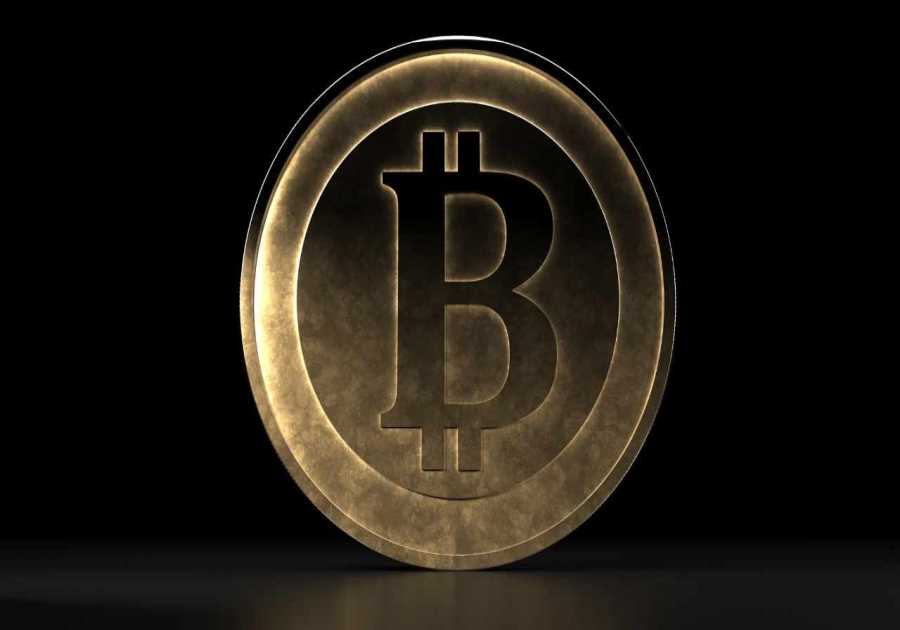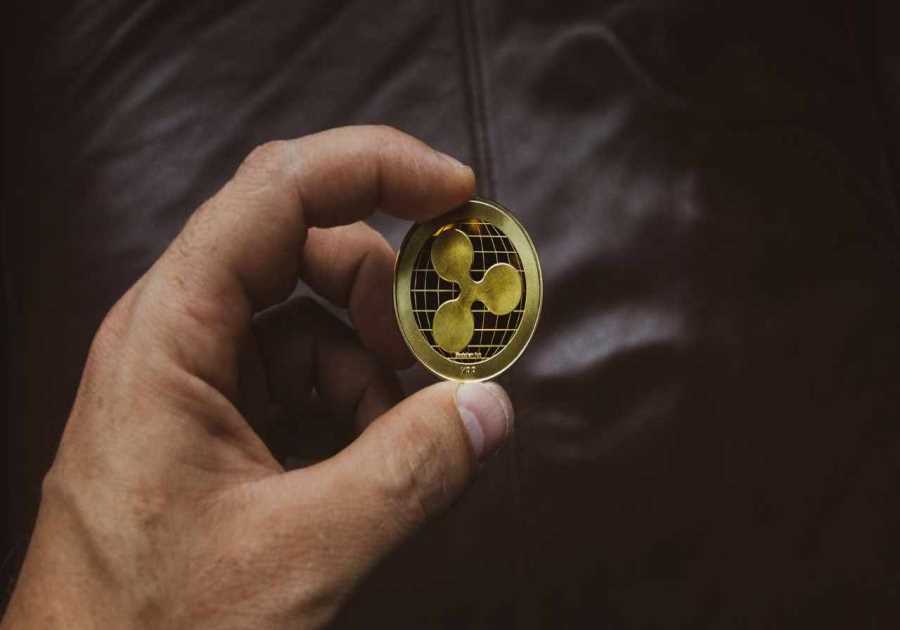NFTs made legal history last week. For the first time in a federal court, Judge Beth Bloom of the US District Court for the Southern District of Florida ruled that sending an NFT can be considered serving legal notice. Why did the judge decide to use NFTs for legal purposes?
Why did the judge allow the use of NFTs to serve legal notice?
One of cryptocurrency’s primary use cases is anonymity. Users can transact with other people anywhere in the world in a trustless, anonymous manner. This advantage also creates problems, unfortunately.
With increased anonymity also comes the increased likelihood of being scammed. Scammers use fake identities and convince unsuspecting victims to transfer their crypto to them. Because opening a crypto wallet requires no personal identification, it’s typically impossible to then track down the anonymous scammers to recover the funds.
Authorities may soon be able to serve notice to even anonymous crypto criminalsThis presents a dilemma. There is a chain of events that needs to be completed in order before authorities can help retrieve stolen funds. Theft victims must first file a police report. Then, police assess the complaint for probable cause before potentially serving a warrant. Because there’s nowhere to send the warrant, however, police aren’t able to complete their legally-obligated procedure and begin their investigation.
Enter NFTs. Every Ethereum transaction includes the public address for the sender and receiver. This case marks the second time in US history that a judge allowed a scammer’s public address to serve as sufficient identifying information. The victim’s defense attorneys filed suit against the scammer, and the judge allowed notice of the legal action to be sent to the scammer’s Ethereum account as an NFT.
What were the details of the case?
The theft victim, named Rangan Bandyopadhyay, lost $971,291 in USDT after connecting his Coinbase wallet to a fake liquidity mining pool website in 2021. The thieves drained his wallet of all funds and transferred them to Binance, the world’s largest crypto exchange. Bandyopadhyay sued the scammers by creating an NFT of the Notice of Suit before sending it to their Ethereum address.
According to Judge Bloom, this action is sufficient for the case to proceed through the legal process.

Judge Beth Bloom ruled that NFTs have a place in legal proceedings
Image Credit: Wikipedia
It remains unclear whether or not Bandyopadhyay will be able to recover his money. For reference, the American government has been successful in freezing stolen assets involving USDC, a stablecoin created by US-based company Circle. Unfortunately for Bandyopadhyay, however, USDT is issued by a Hong Kong company less likely to cooperate with US authorities. Furthermore, Binance, the exchange holding the stolen funds infamous for hiding their corporate headquarters, is not under the jurisdiction of US regulations.
Nevertheless, Bandyopadyay’s attorney commented, “Us knowing where the crypto is sitting makes the entire collection strategy viable.”
What is the future of NFTs for legal purposes?
This court decision demonstrates the willingness of the US Judicial System to use technology to level the digital playing field. Sophisticated criminals don’t rob banks anymore. They rob DeFi protocols and con crypto users out of millions of dollars every year.
By embracing NFTs as a method to identify criminals, US authorities are making strides into bringing our legal processes into the world of Web3.
The post NFTs Break Legal Ground, Used to Serve Anonymous Hackers appeared first on NFT Evening.
Read MoreBy: Evan
Title: NFTs Break Legal Ground, Used to Serve Anonymous Hackers
Sourced From: nftevening.com/nfts-break-legal-ground-used-to-serve-anonymous-hackers/
Published Date: Wed, 15 Mar 2023 05:22:09 +0000
----------------------------
Did you miss our previous article...
https://trendingincrypto.com/nft-news/metas-layoffs-leave-metaverse-plans-in-doubt
.png)





